The urban landscape of our world is constantly evolving, with new metropolises rising to prominence while others fade into history. Today’s relatively unknown cities can transform into tomorrow’s global powerhouses through strategic development, technological innovation, and demographic shifts. These emerging urban centers are laying groundwork similar to what propelled Tokyo’s technological dominance and Dubai’s rapid desert-to-skyscraper metamorphosis. Their ascent isn’t accidental but rather the result of deliberate planning, geographic advantage, and the convergence of talent and opportunity.
Here is a list of 20 cities around the world that urban planners, economists, and futurists believe are positioned for dramatic transformation in the coming decades, potentially rivaling today’s most famous global hubs.
Kigali, Rwanda

Rwanda’s capital has undergone a remarkable transformation following the tragic events of 1994, emerging as one of Africa’s cleanest and most organized cities. Kigali’s ambitious master plan includes a new international airport, special economic zone, and convention center, while the government’s Vision 2050 aims to position Rwanda as a middle-income country with Kigali as its knowledge-based economic hub.
Foreign direct investment has increased dramatically as the city maintains political stability and implements business-friendly policies that make company registration possible within hours rather than weeks.
Ho Chi Minh City, Vietnam
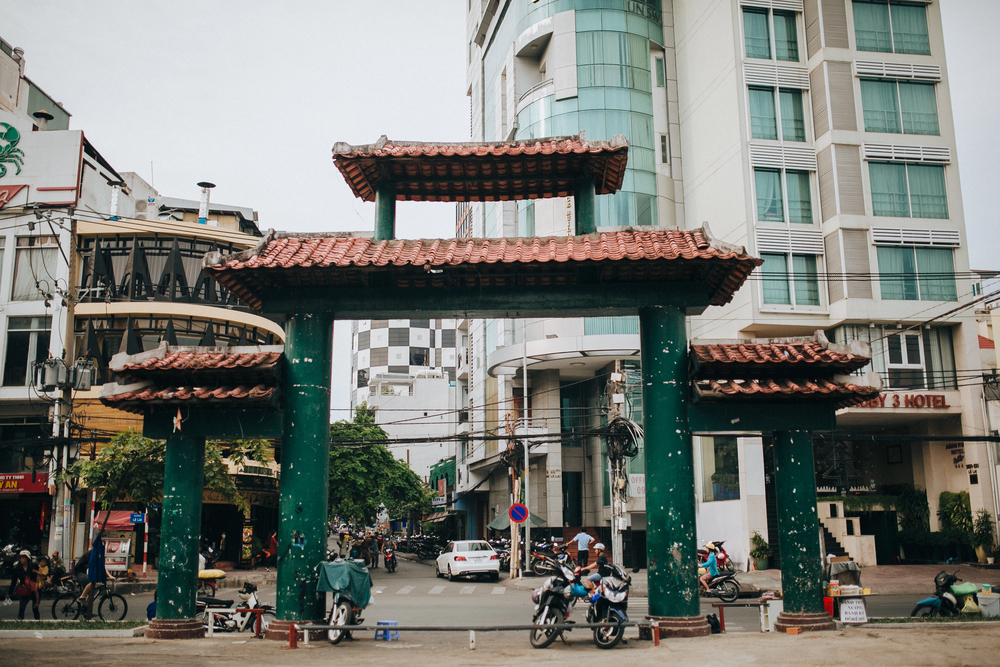
Vietnam’s southern metropolis is experiencing explosive growth that mirrors the early days of other Asian tiger economies, with GDP consistently growing at rates exceeding 7% annually. New urban developments like Thu Thiem are transforming former swampland into gleaming financial districts with infrastructure designed to compete with Singapore and Hong Kong.
The city’s young population provides a dynamic workforce for international companies seeking alternatives to China, with tech giants like Intel and Samsung already establishing major operations.
Like Travel Pug’s content? Follow us on MSN.
Guadalajara, Mexico
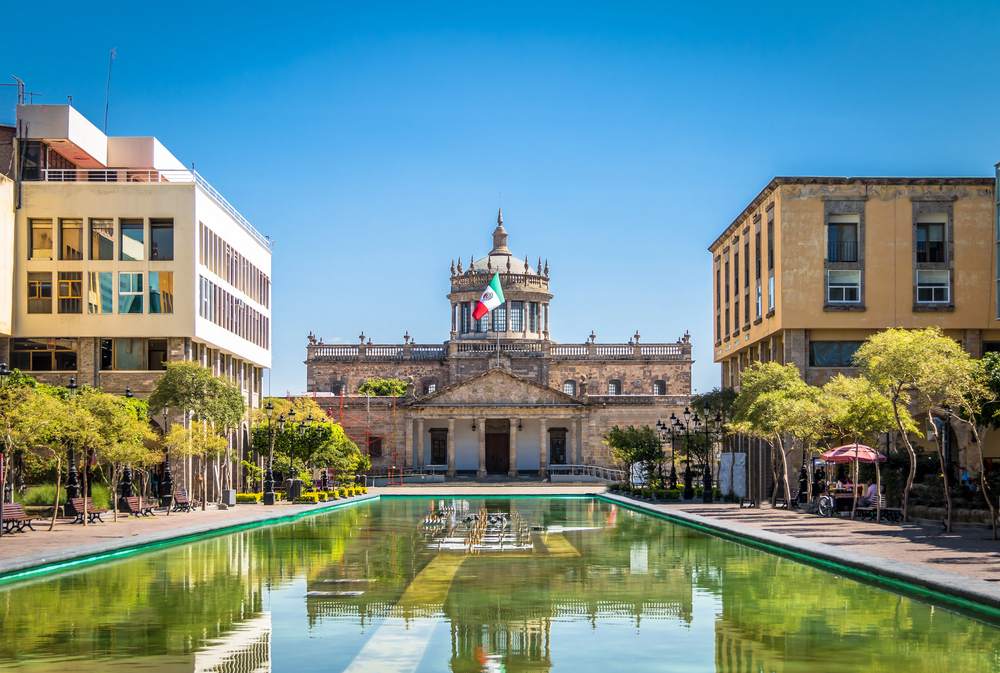
Often overshadowed by Mexico City, Guadalajara has quietly established itself as Mexico’s Silicon Valley, hosting operations for tech giants while nurturing a vibrant startup ecosystem. The Ciudad Creativa Digital project aims to transform the historic center into a hub for digital media and technology companies through coordinated public and private investment.
Guadalajara produces more software engineers per capita than any other Mexican city, with excellent technical universities that maintain close relationships with industry.
Tbilisi, Georgia
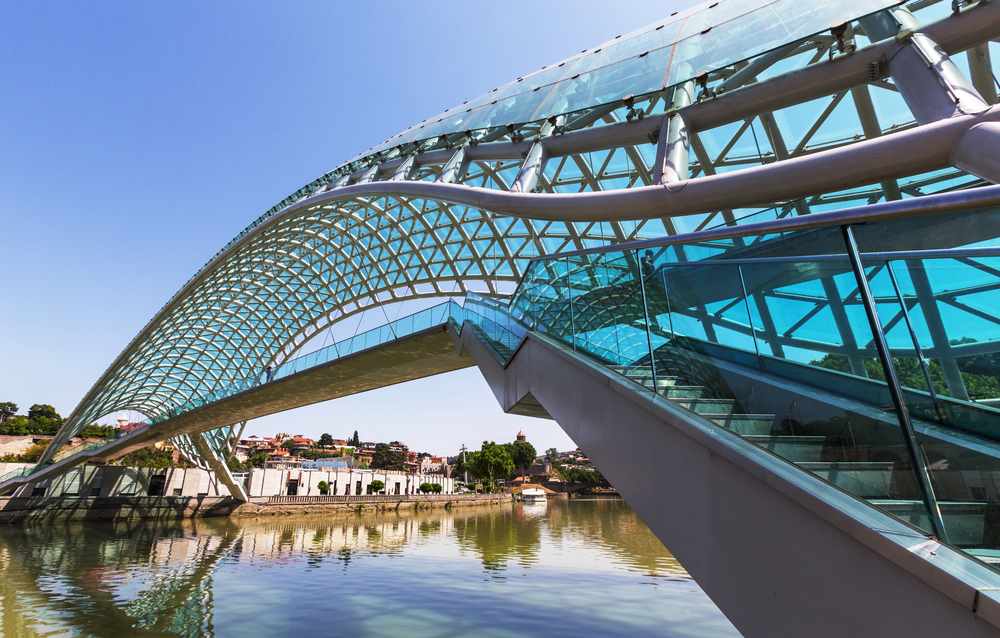
This ancient city at the crossroads of Europe and Asia is experiencing a renaissance as Georgia positions itself as a business-friendly gateway between these two worlds. Tbilisi has implemented reforms that earned it a top-10 ranking in the World Bank’s Ease of Doing Business index, with simplified tax structures attracting entrepreneurs and investors.
The city’s strategic location on the New Silk Road economic belt makes it an increasingly important logistics hub for trade between China and Europe.
Hyderabad, India
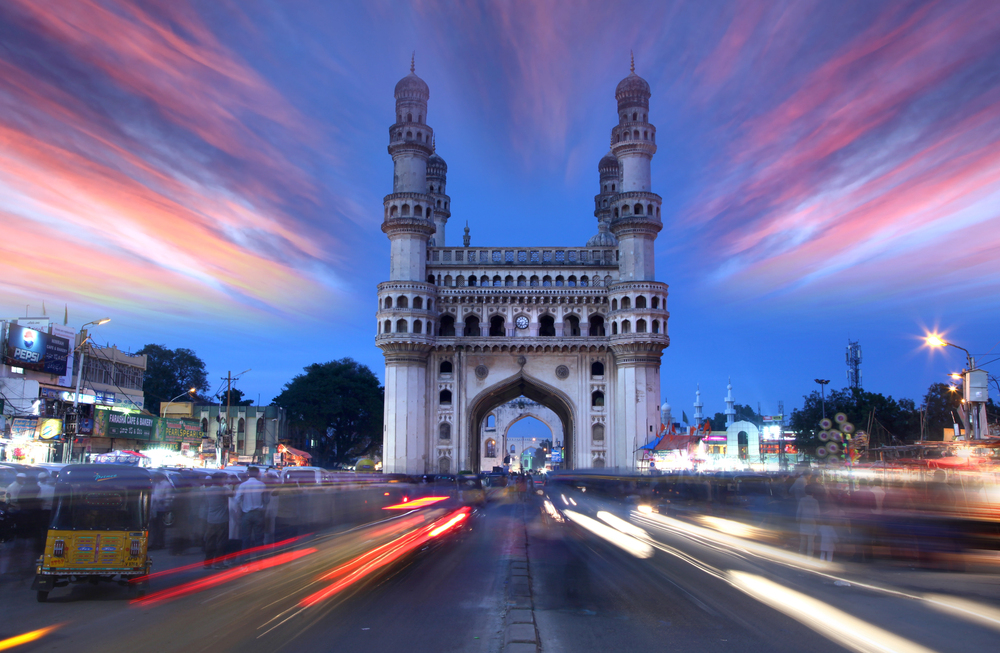
While Bangalore may be India’s established tech hub, Hyderabad is rapidly catching up with its HITEC City and Genome Valley, positioning the metropolis at the forefront of information technology and biotechnology sectors. Microsoft’s largest development center outside the United States operates here, alongside Amazon’s first fulfillment center in India and offices for Google, Facebook, and numerous pharmaceutical giants.
The city’s relatively affordable real estate compared to other Indian tech centers makes it attractive for both companies and professionals seeking opportunities in the subcontinent’s booming economy.
Like Travel Pug’s content? Follow us on MSN.
Montréal, Canada

This French-speaking city has transformed from a regional commercial center to a global hub for artificial intelligence research, gaming development, and aerospace engineering. Montréal hosts research labs for tech giants like Google, Microsoft, and Facebook, all drawn by the concentration of AI talent coming from prestigious local institutions.
The city offers tax incentives specifically targeted at innovation sectors, while an affordable cost of living compared to Toronto or Vancouver helps attract young professionals and creative class workers.
Tallinn, Estonia
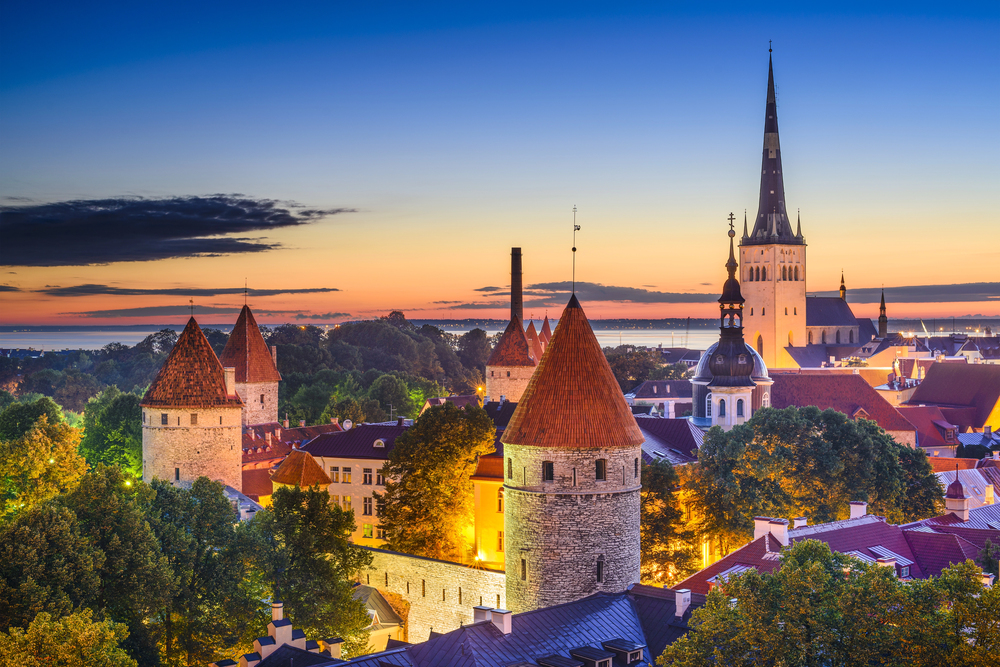
The capital of Estonia has transformed itself into one of the world’s most digitally advanced cities, where nearly all government services are available online through its pioneering e-residency program. Tallinn’s Ülemiste City has evolved from a Soviet-era industrial area into the Baltics’ largest knowledge-based business environment, hosting hundreds of technology companies and startups.
The city’s education system places a strong emphasis on digital skills from an early age, creating a workforce exceptionally prepared for the information economy.
Doha, Qatar

While Dubai captured the world’s attention with its rapid development, Doha has been building its future more methodically, with the 2022 World Cup serving as just one milestone in a longer transformation journey. The city’s Education City houses branches of elite international universities, creating an education hub that aims to prepare Qataris for a post-hydrocarbon economy.
Doha’s Museum of Islamic Art and the National Museum of Qatar represent significant cultural investments designed to position the city as an arts destination rather than merely a business center.
Like Travel Pug’s content? Follow us on MSN.
Nairobi, Kenya
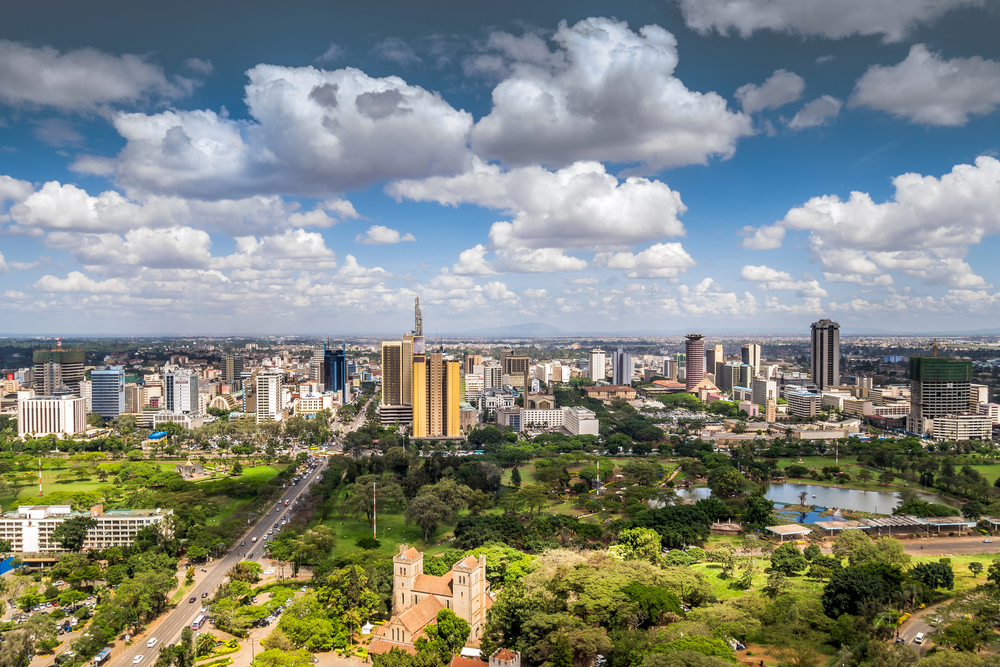
East Africa’s most dynamic city has established itself as a technology hub where innovations like the M-Pesa mobile payment system have leapfrogged traditional banking infrastructure. Nairobi’s Konza Technopolis project aims to create a ‘Silicon Savannah’ just south of the current city, with purpose-built infrastructure for technology companies and research institutions.
The city serves as a regional headquarters for multinationals, including Google, IBM, and Microsoft, all seeking to participate in Africa’s growing consumer markets.
Da Nang, Vietnam

This coastal city has transformed from a sleepy fishing town to Vietnam’s third-largest economic center through strategic investments in both tourism and high-tech industries. Da Nang’s Hi-Tech Park has attracted multinational corporations, including Bosch and Universal Alloy Corporation, diversifying the economy beyond tourism and creating knowledge economy jobs.
The city’s progressive urban planning includes significant green space requirements, underground utility cables, and modern waste management systems that maintain quality of life during rapid growth.
Nur-Sultan, Kazakhstan

Formerly known as Astana, Kazakhstan’s capital has emerged from the steppe through deliberate national investment, with futuristic architecture creating an instantly recognizable skyline. The city hosts the Astana International Financial Centre, which operates under English common law to attract international financial institutions seeking opportunities in Central Asia.
Nur-Sultan’s location makes it a natural hub for China’s Belt and Road Initiative, with new rail connections positioning the city as a crucial logistics node between Asia and Europe.
Like Travel Pug’s content? Follow us on MSN.
Portland, USA

While not a developing world city, Portland has positioned itself as America’s laboratory for sustainable urban development, with policies that could influence how cities evolve in a climate-conscious future. The city’s urban growth boundary prevents sprawl and encourages density, creating walkable neighborhoods that reduce car dependency.
Portland’s clean technology cluster focuses on renewable energy, green building, and environmental services, creating economic opportunities aligned with sustainability goals.
Chengdu, China

While coastal Chinese cities captured early attention, Chengdu represents the future of China’s urbanization as development moves inland with government support through the Western Development Strategy. The city has become a manufacturing hub for companies, including Foxconn and Intel, while simultaneously developing software strength through its Tianfu Software Park.
Despite rapid modernization, Chengdu has maintained its cultural identity and quality of life, regularly ranking as China’s most livable major city in domestic surveys.
Medellin, Colombia
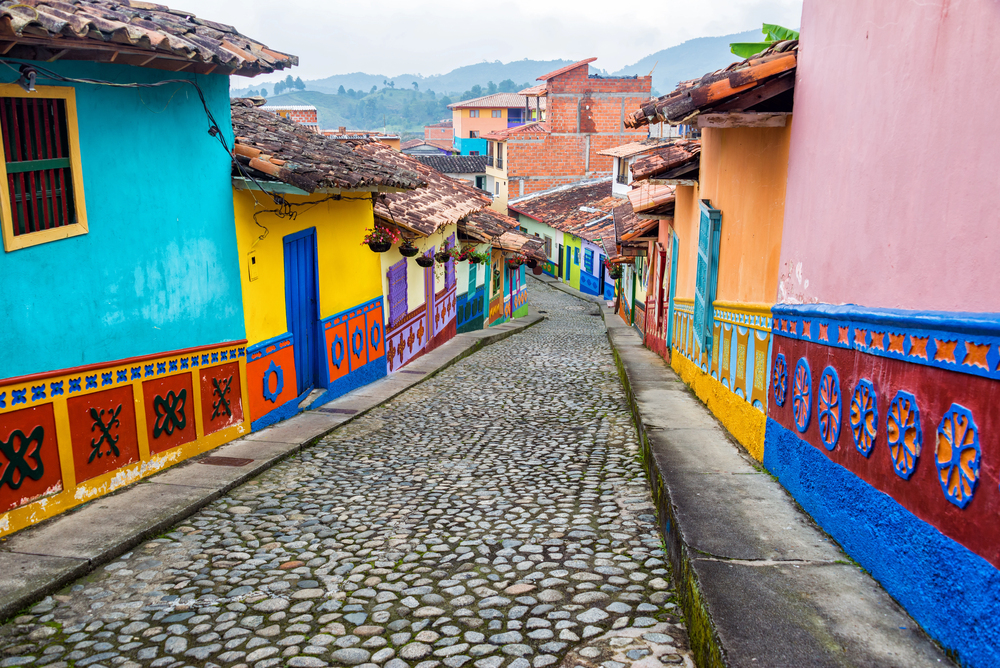
Once infamous for drug cartels, Medellín has engineered one of the most remarkable urban turnarounds in modern history through innovative governance and social inclusion. The city’s metrocable system connecting informal hillside neighborhoods to the urban center has become a model for accessible public transportation studied by urban planners worldwide.
Innovation districts like Ruta N attract technology companies and startups, supported by a network of universities and research centers that focus on applied technology solutions.
Like Travel Pug’s content? Follow us on MSN.
Pune, India
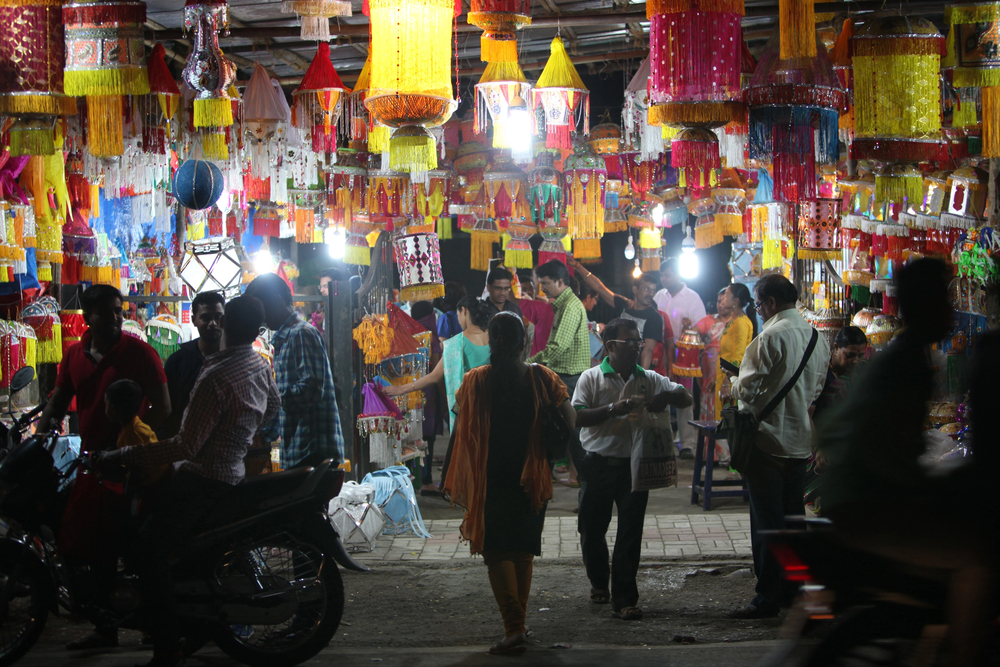
Often overshadowed by Mumbai just 75 miles away, Pune has developed distinctive strengths in automotive manufacturing, information technology, and education that position it for continued growth. The city hosts operations for international companies, including Mercedes-Benz, Volkswagen, and IBM, while maintaining its historical role as an educational center through prestigious institutions.
Massive infrastructure projects, including a new international airport, metro system, and ring road, aim to address growing pains before they constrain further development.
Adelaide, Australia
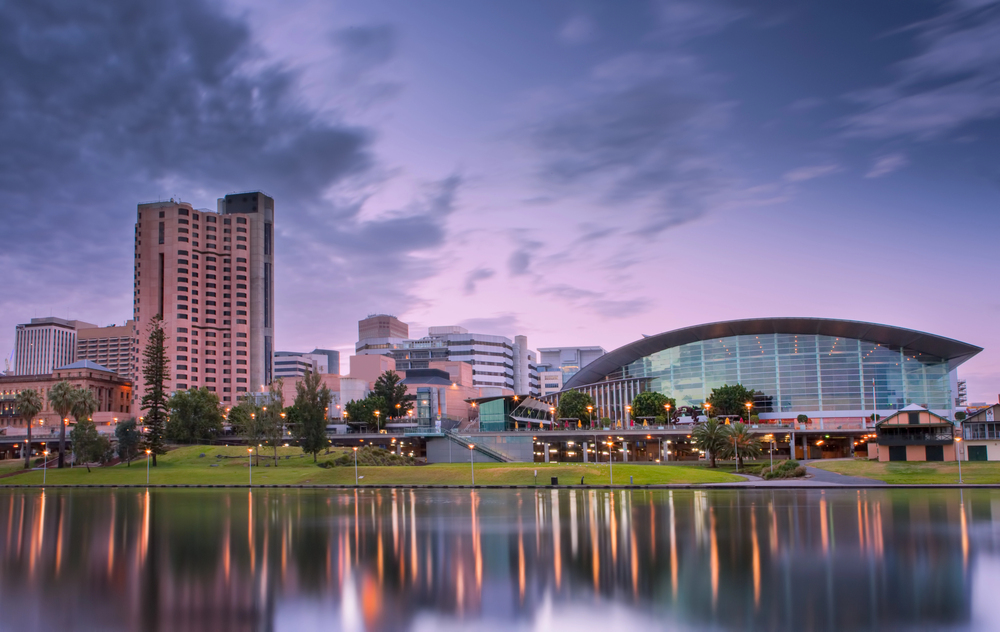
While Sydney and Melbourne dominate Australia’s urban hierarchy, Adelaide is positioning itself as a center for defense technology, renewable energy, and the space industry through deliberate specialization. The city hosts the Australian Space Agency headquarters and major defense contractors, creating a technology ecosystem supported by local universities.
Adelaide’s affordable housing relative to other Australian capitals makes it attractive for young professionals seeking better work-life balance without sacrificing career opportunities.
Busan, South Korea
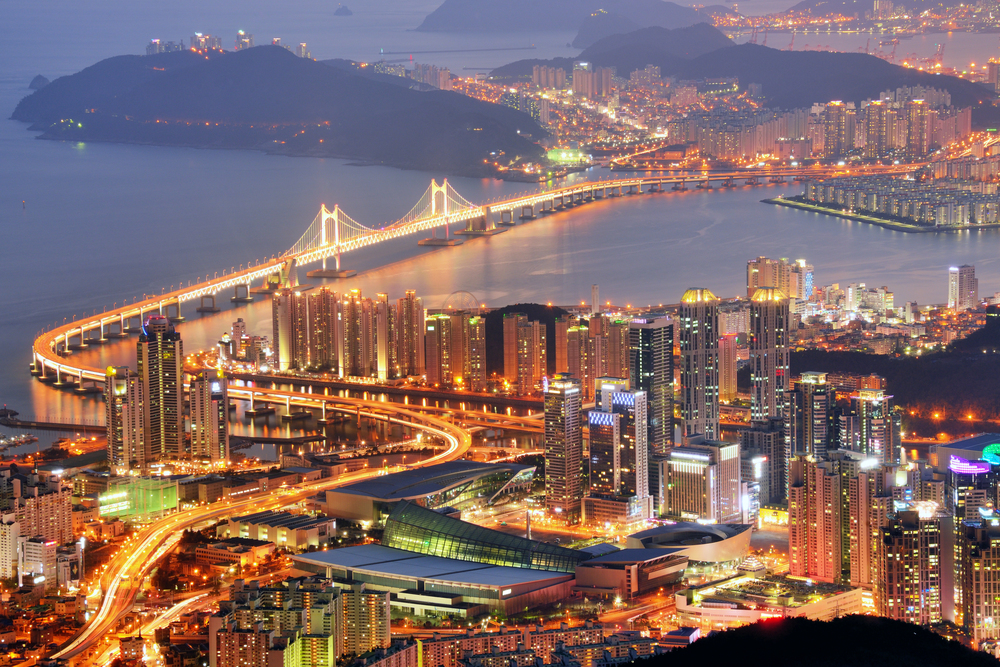
South Korea’s second city is emerging from Seoul’s shadow through strategic investments in film, marine industries, and tourism that leverage its coastal location. The Busan International Film Festival has grown into Asia’s most significant film event, anchoring a creative sector that includes game development and digital content production.
The city’s massive port—the sixth busiest in the world—continues expanding with new facilities for transshipment and logistics services that add value beyond basic cargo handling.
Like Travel Pug’s content? Follow us on MSN.
Tangier, Morocco
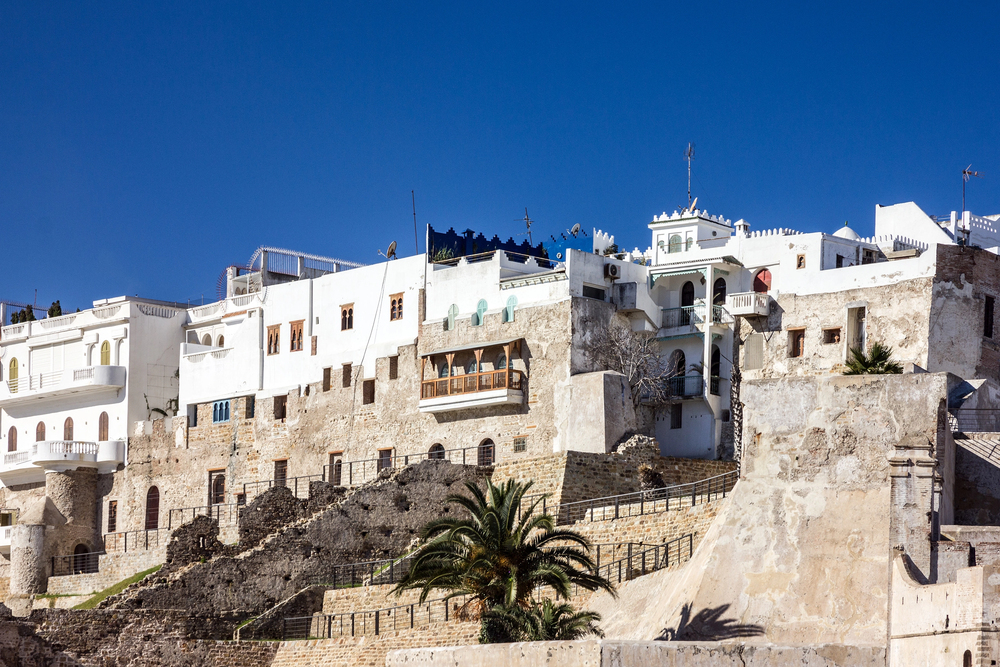
Located at Africa’s gateway to Europe, Tangier has leveraged its strategic position through infrastructure investments that are restoring its historical importance as a crossroads between continents. The Tanger Med port complex has grown to become Africa’s largest container port, processing more volume than any facility in the Mediterranean.
Moroccan government incentives have attracted automotive manufacturers, including Renault, and aerospace companies like Bombardier, creating industrial clusters that benefit from proximity to European markets.
Kochi, India

This coastal city in Kerala has begun transforming from a sleepy tourist destination to a major technology and startup hub for southern India, with the massive Kochi Smart City project leading the charge. Kochi’s exceptional quality of life, combining Kerala’s natural beauty with urban amenities, gives it a competitive advantage in attracting talent that might otherwise head to more established but congested Indian tech hubs.
The city’s Cochin International Airport became the world’s first fully solar-powered airport, symbolizing Kochi’s commitment to sustainable development.
Lisbon, Portugal
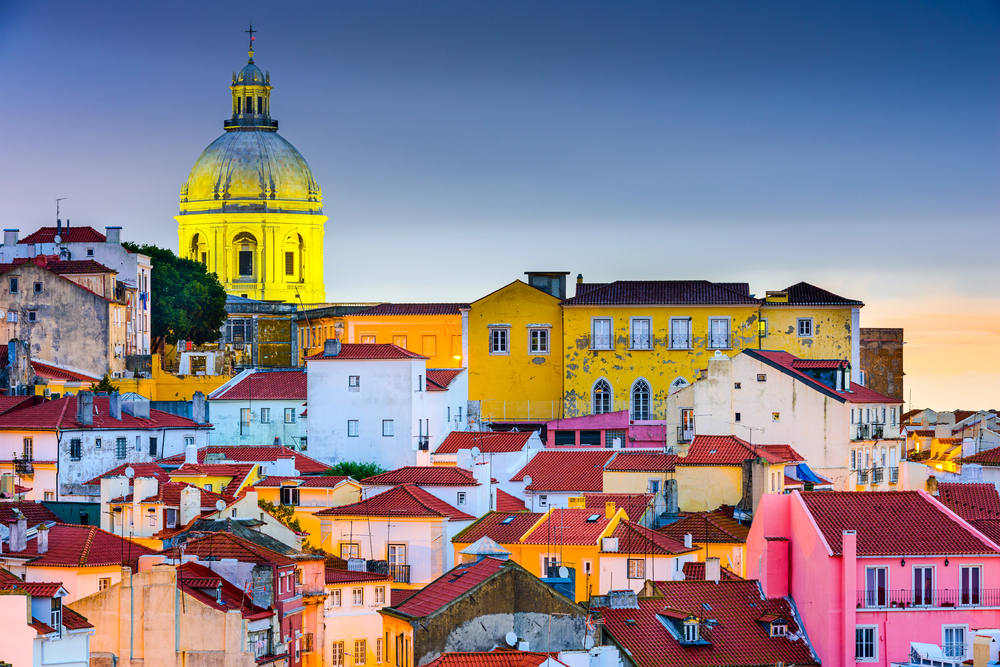
Portugal’s capital has rapidly evolved from a picturesque but economically challenged European outpost to a thriving tech hub and digital nomad hotspot. The city has successfully leveraged its affordable cost of living, excellent climate, and high quality of life to attract international talent and technology companies looking for European bases.
Government initiatives like the Startup Portugal program and specialized tech visas have created a welcoming environment for entrepreneurs, while events like Web Summit have established Lisbon as a key player in Europe’s tech ecosystem. Historic neighborhoods are being revitalized as creative districts where traditional Portuguese charm meets modern innovation, creating a unique urban fabric that appeals to both locals and the growing international community.
Like Travel Pug’s content? Follow us on MSN.
The Global Future Takes Shape
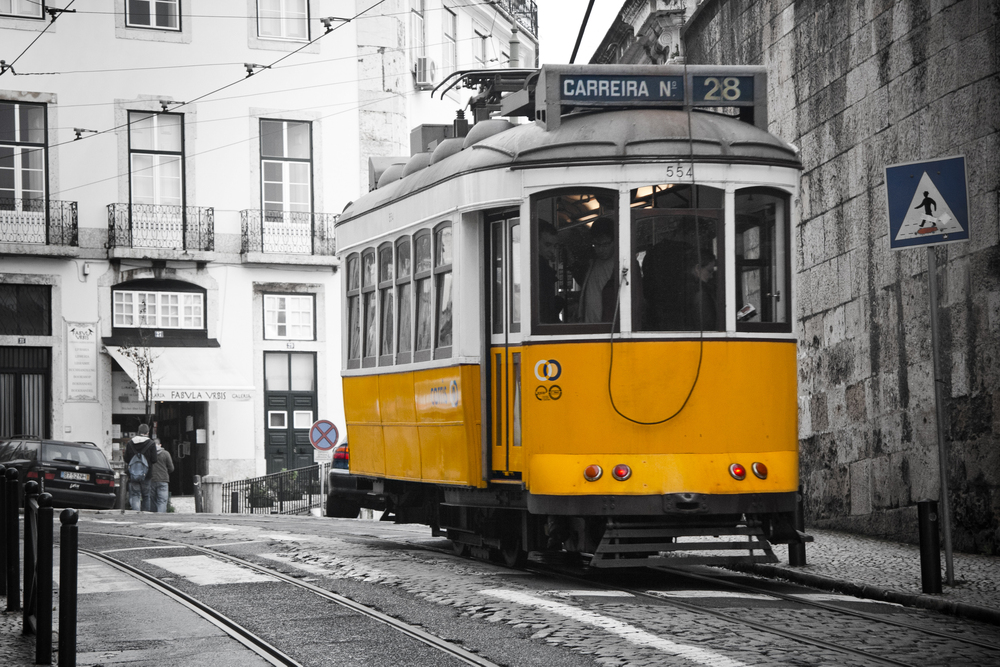
As we witness the emergence of these dynamic urban centers, we’re observing nothing less than the reshaping of our global economic geography. These cities represent diverse paths to prominence—some leveraging technology and education, others geographic position or natural resources, but all demonstrating that today’s secondary cities can become tomorrow’s primary hubs through strategic vision.
Their development reflects broader shifts in how urban areas function and compete, with quality of life becoming as important as traditional economic factors in determining success.
More from Travel Pug

- 20 Towns Built for One Purpose That Were Later Abandoned
- 15 Hidden Spots in Disney World’s Magic Kingdom Most Visitors Miss
- 20 Photos of the World’s Most Beautiful Glacial Lakes
- 15 Canyons in the U.S. That Are Just as Stunning as the Grand Canyon
- 10 Under-the-Radar Mountain Towns That Are Both Affordable and Beautiful
Like Travel Pug’s content? Follow us on MSN.
